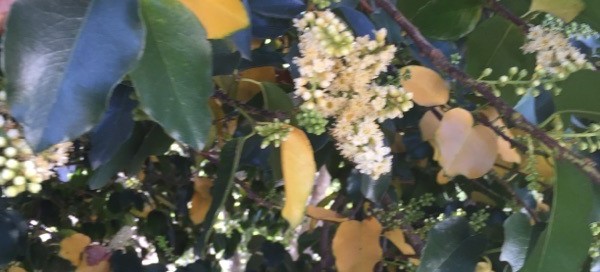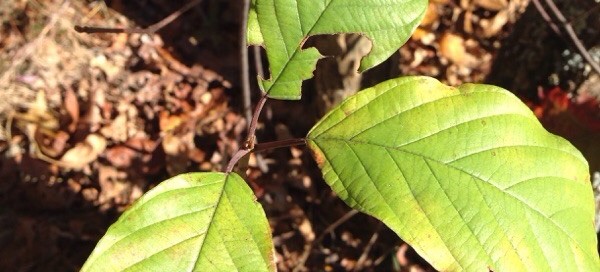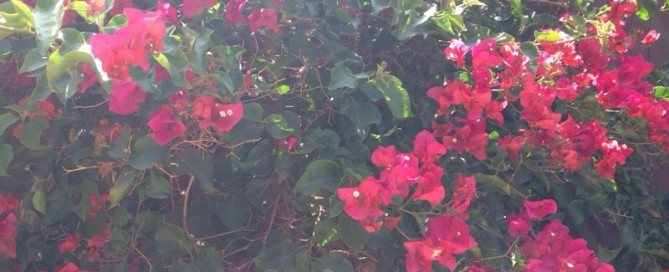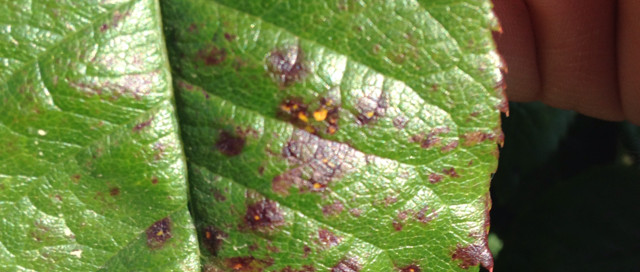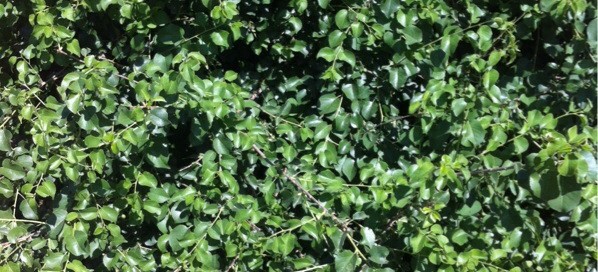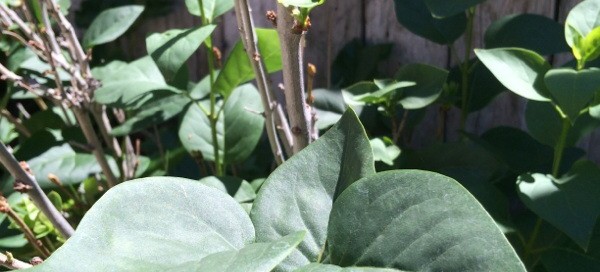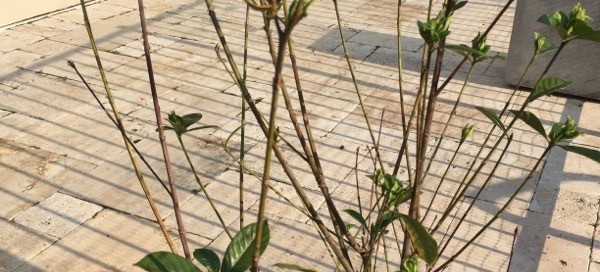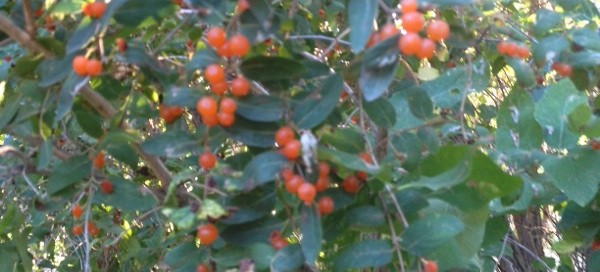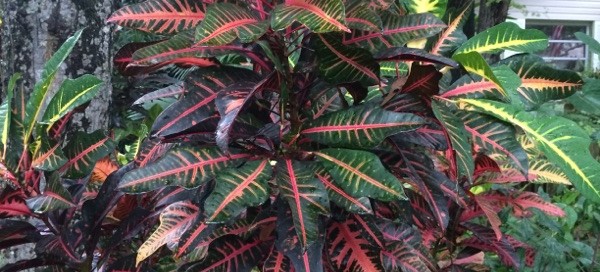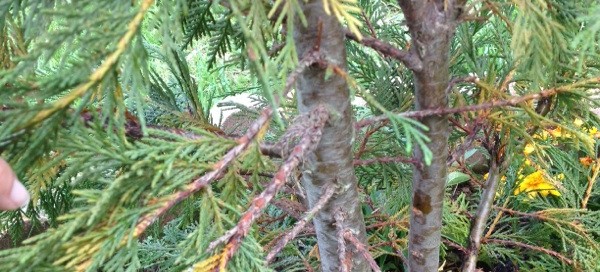Prunus Issue
It is hard to make a positive ID from this photo but it looks like it could be 1 of 2 things: overwatering as you mention or a nutrient deficiency (possibly Iron). You might want to ease up on frequent shallow irrigation and choose to do a deep soak less frequently. A slow drip of the hose around the drip line of the plant for up to an hour maybe once per week while the weather is mild. Regarding the nutrient deficiency; 2 things could be occurring if this is the issue: either A-the soil is deficient in this mineral. If that is the case, you might want to invest in a high quality complete fertilizer with micronutrients and apply following directions on the label. Or B-the type of soil you have and particularly the soil pH is not allowing the plant to take up the nutrients that it needs to look healthy. There are soil pH kits available for purchase if you are curious. Here is a link to an article that you might find interesting:
http://www.hrt.msu.edu/assets/PagePDFs/bert-cregg/Homewoners-guide-to-fertilziation.pdf
